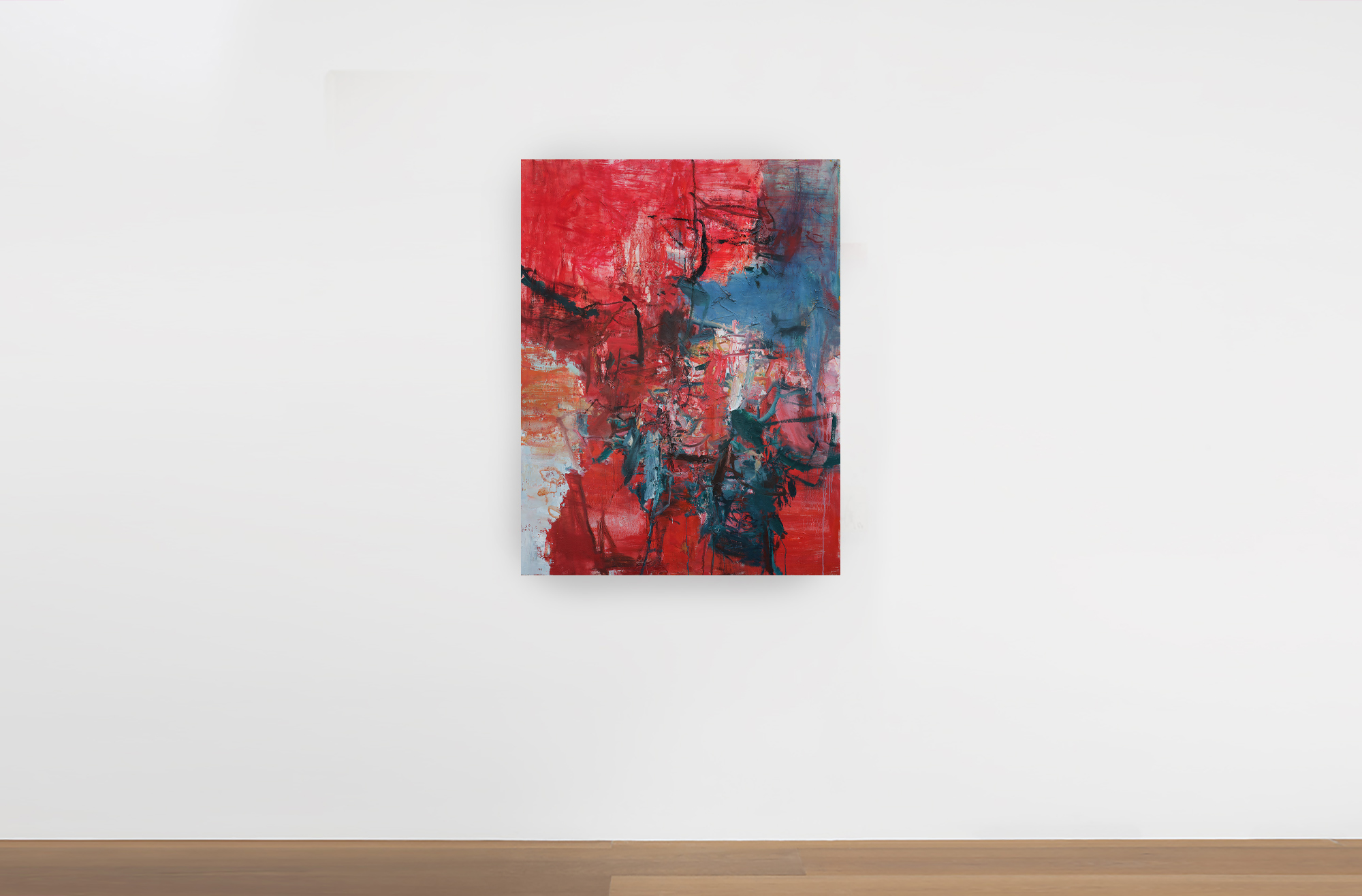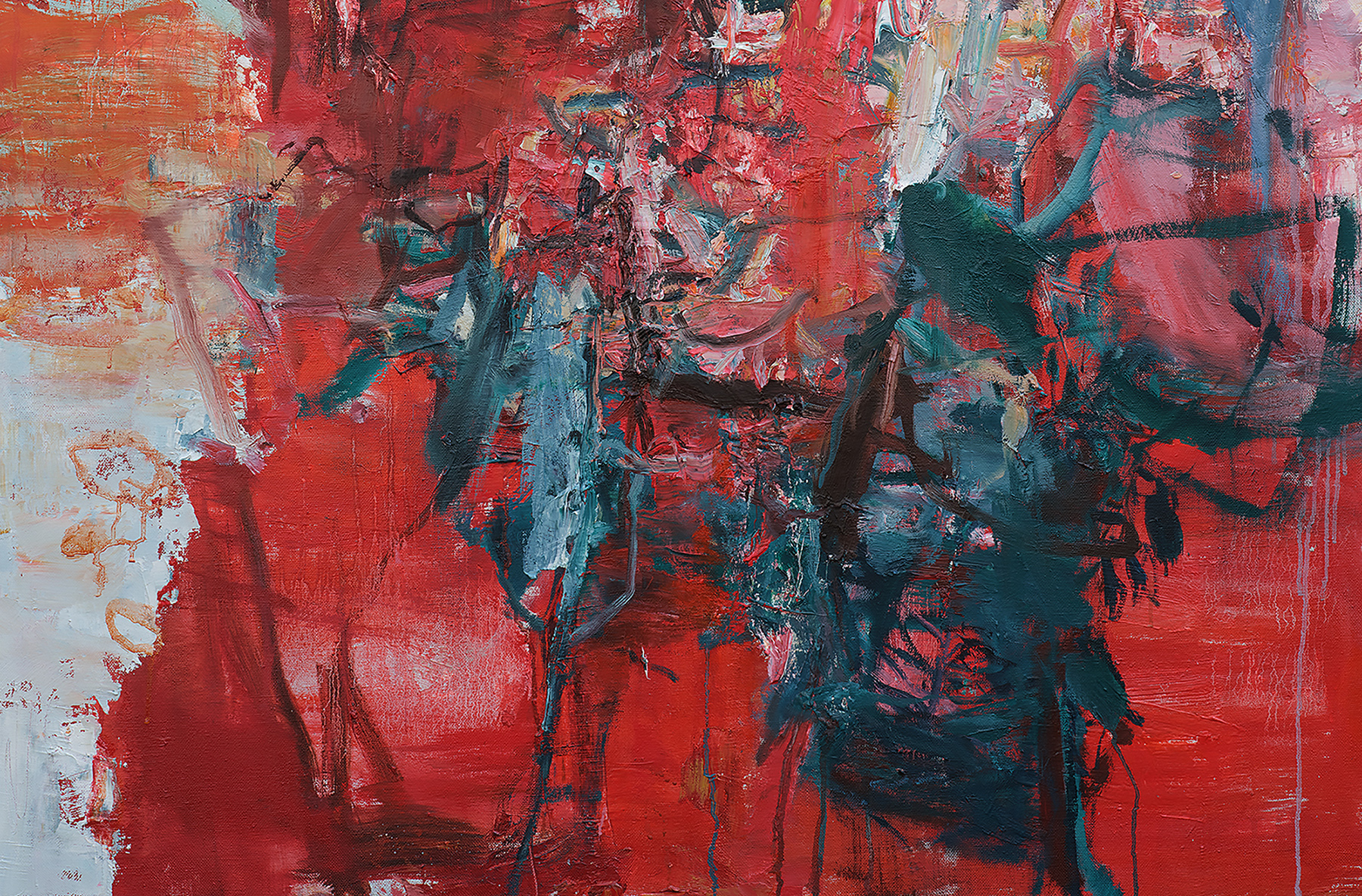Tu Hongtao屠宏濤
Little Forest, 2017–19
小樹林, 2017–19年作
$150,000
Oil on canvas
51 1/2 x 39 1/4 inches (130 x 100 cm)
油彩 畫布
130 x 100 厘米 (51 3/16 x 39 3/8 吋)
© Tu Hongtao
Tu Hongtao has chosen refined detachment and observation as an answer to the complexity of the world, hoping to preserve a traditional sense of beauty even alongside his primitive carnality and burgeoning energy. —Nina Nyima Lhamo
Based in Chengdu, China, Tu Hongtao explores the organically evolving relationship between image and technique through his engagement with landscape and abstraction. Shifting his direction over the past decade, he has developed a uniquely cross-cultural approach to art-making that synthesizes Western oil painting traditions with those of classical Chinese painting and calligraphy. Tu’s approach is inspired both by contemporary innovators Cy Twombly, Brice Marden, and David Hockney and by Chinese masters Zhao Mengfu (1254–1322), Wang Meng (1308–1385), and Dong Qichang (1555–1636). Further expanding these artists’ inventive gestures in abstraction, Tu extends the reconciliation of Eastern and Western aesthetics initiated in the 20th century by fellow China Academy of Art alumni Lin Fengmian and Wu Dayu, and by the second generation of Chinese abstractionists who worked in France, Zao Wou-Ki and Chu Teh-Chun.
Tu’s lyrical abstraction Little Forest (2017–19) conveys his encounters with nature as interpreted through his unique painterly sensibilities. The dynamic mountains that surround Chengdu have become a major source for him as he creates canvases that transcend the limitations of time and space—expressed through his commitment to the painting process. Blurring reality and imagination, Tu offers a sophisticated and poetic investigation into the potentials of painted form. The vibrant blues and brilliant reds in Little Forest were inspired by the traditional use of contrasting colors and patterns in Chinese culture. For Tu, red operates as a personal symbol, conveying alertness and vitality.
Tu has remarked, “Chinese painting has a set of schemas that illustrates the relationship between space and time. . . . What I want to do is change these schemas.” Marked by an agile understanding of the evolving tradition of landscape painting in China, as well as an admiration for the experiments in postwar Western artistic production, Little Forest relays Tu’s deep engagement with contemporary conditions and multitudinous art-historical legacies.
The exhibition Tu Hongtao: A Timely Journey opened September 2019 at the Long Museum in Chongqing, following its presentation in 2018–19 at the Long Museum West Bund in Shanghai.
-
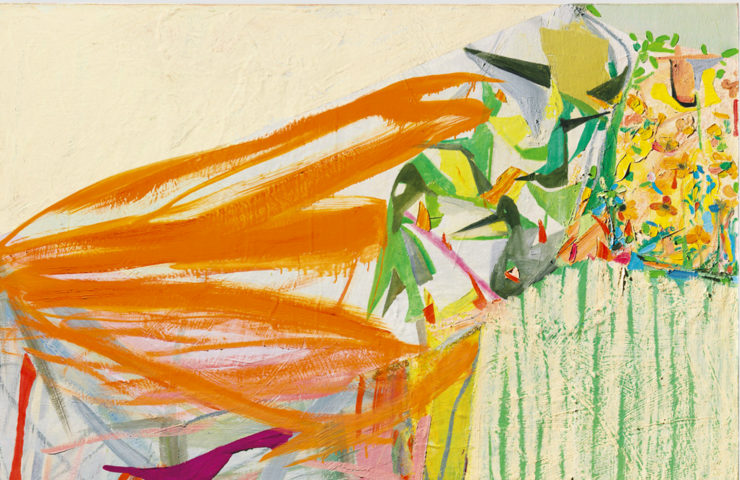
Amy Sillman艾米·希爾曼
Cliff 1, 2005
懸崖1, 2005年作
-
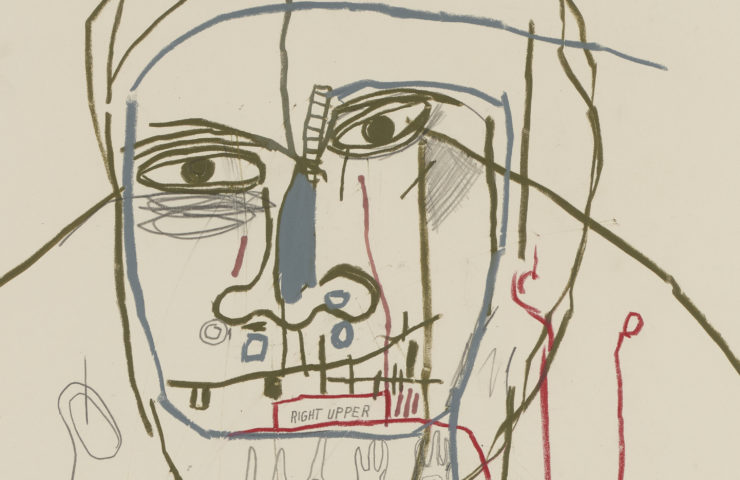
Jean-Michel Basquiat讓-米歇爾·巴斯奎特
Untitled (Head), 1983
無題 (頭部), 1983年作
-
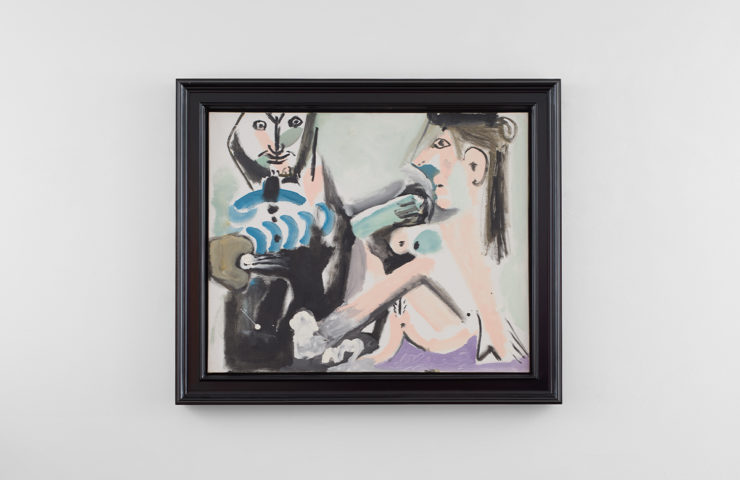
Pablo Picasso巴布羅·畢卡索
Le peintre et son modèle November 9, 1964
畫家和他的模特 1964年11月9日 -
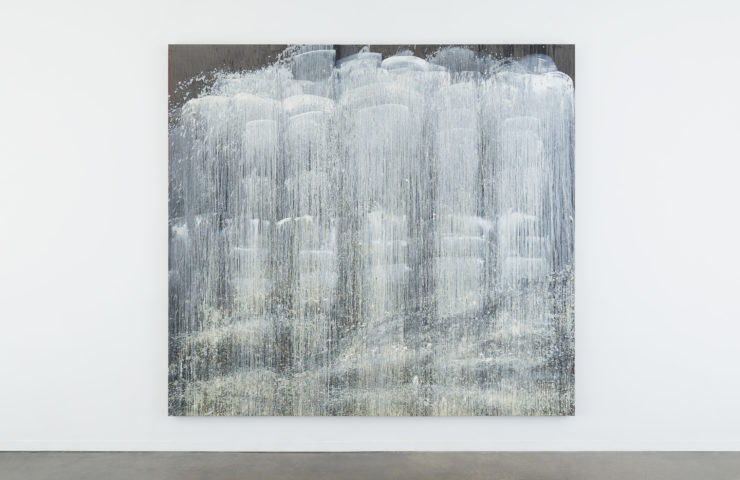
Pat Steir帕特·斯蒂爾
Tyne Panorama 1, 1990
泰恩河全景1, 1990年作 -
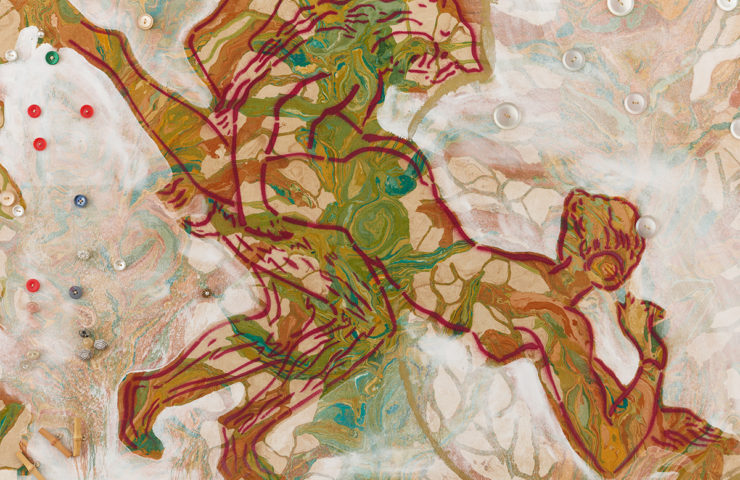
Sigmar Polke西格瑪·珀爾克
Untitled, 1980–81
無題, 1980–81年作
-
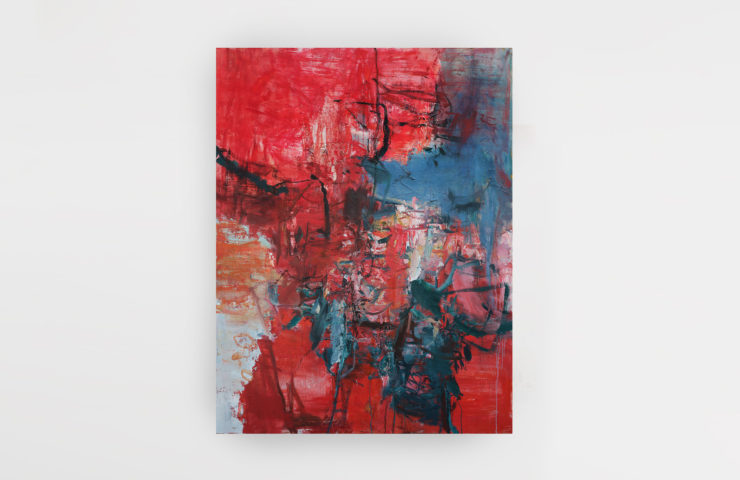
Tu Hongtao屠宏濤
Little Forest, 2017–19
小樹林, 2017–19年作

